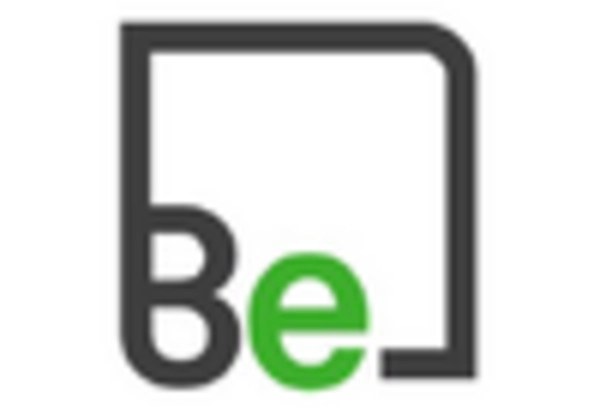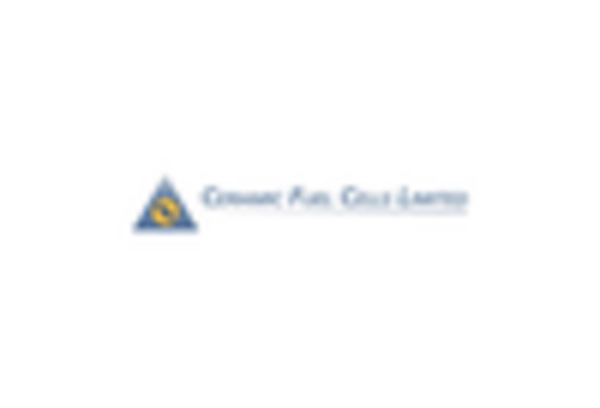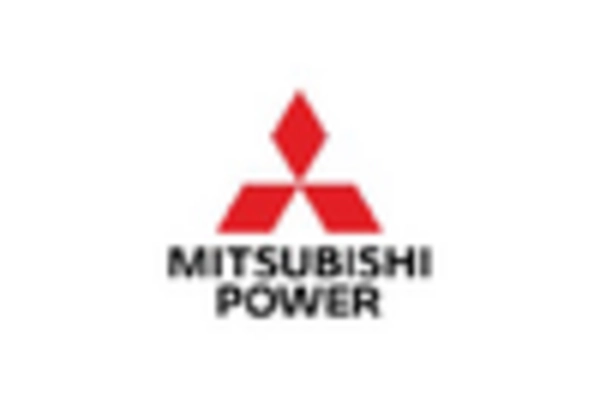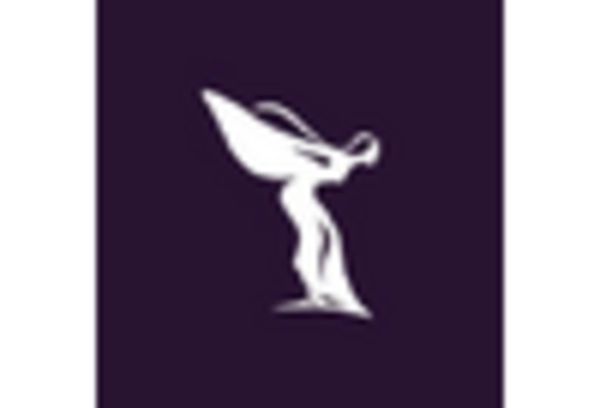Germany : Germany's Dominance in Fuel Cells
Key markets include cities like Berlin, Munich, and Hamburg, where industrial applications are thriving. The competitive landscape features major players such as Siemens and Hexis AG, which are investing heavily in R&D. Local dynamics are favorable, with a growing emphasis on sustainability across sectors like transportation and manufacturing. The presence of established supply chains and skilled labor further enhances the business environment.
UK : UK's Growing SOFC Landscape
Key markets include London, Manchester, and Birmingham, where demand for clean energy is surging. The competitive landscape features players like Rolls-Royce and Bloom Energy, which are actively pursuing partnerships and projects. The local market is characterized by a collaborative environment among businesses, universities, and research institutions, focusing on applications in transportation and residential energy solutions.
France : France's Commitment to Sustainability
Key markets include Paris, Lyon, and Marseille, where industrial applications are gaining traction. The competitive landscape features companies like Mitsubishi Power and Ceramic Fuel Cells Limited, which are focusing on innovative solutions. The local business environment is supportive, with a strong emphasis on research and development, particularly in the automotive and residential sectors.
Russia : Russia's Emerging Energy Market
Key markets include Moscow and St. Petersburg, where industrial and commercial applications are being explored. The competitive landscape is evolving, with local players beginning to emerge alongside international firms. The business environment is gradually improving, with increasing investments in infrastructure and a focus on energy efficiency across sectors like oil and gas.
Italy : Italy's SOFC Market Growth
Key markets include Milan, Rome, and Turin, where industrial applications are gaining momentum. The competitive landscape features companies like Sunfire GmbH and local firms focusing on innovative solutions. The business environment is characterized by a collaborative approach among industries, research institutions, and government bodies, particularly in the automotive and manufacturing sectors.
Spain : Spain's SOFC Market Potential
Key markets include Madrid, Barcelona, and Valencia, where demand for clean energy is rising. The competitive landscape features local players and international firms like FuelCell Energy, which are exploring partnerships and projects. The local market is characterized by a growing emphasis on sustainability across sectors like transportation and residential energy solutions.
Rest of Europe : Emerging Markets Across Europe
Key markets include cities across Scandinavia and Eastern Europe, where industrial applications are being explored. The competitive landscape features a mix of local and international players, creating a dynamic environment. The business climate is improving, with increasing investments in infrastructure and a focus on energy efficiency across various sectors.


















Leave a Comment